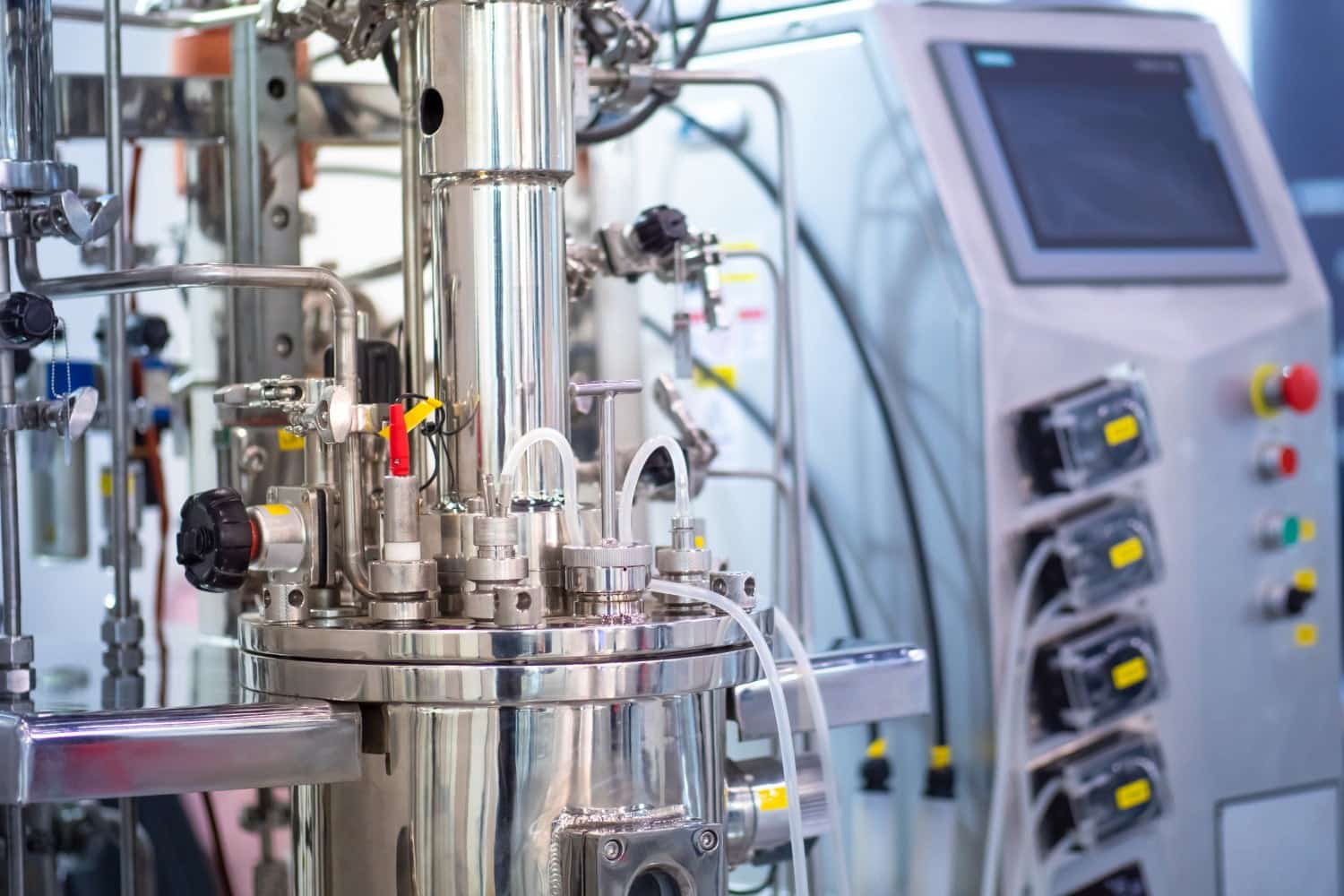Peptide Isolation
Recent advancements in peptide modeling and synthesis have revitalized the exploration of natural products, driving the development of bioactive peptides through technologies like RiPP (ribosomally synthesized and post-translationally modified peptides). As a result, peptide isolation presents unique challenges, requiring precise purification strategies to achieve high-purity compounds.
Efficient peptide fermentation control is essential for producing targeted structures, yet optimization remains critical. Exploratory fermentations often yield complex mixtures with low selectivity, making chromatographic isolation more demanding.
Traditional purification methods are typically designed for small molecules or proteins, leaving peptides—falling between these categories—without tailored solutions. Our specialized peptide isolation techniques overcome these limitations, offering customized purification strategies that enhance selectivity, purity, and yield for research and nutraceutical applications.

Peptide Isolation Highlights
Production of high-purity peptide isolates presents unique challenges, especially with highly polar or labile compounds. Natural sources, such as fermentation products, add further complexity to separation. Planta Analytica specializes in solving these challenges with precision and expertise.
Flexibility with Feedstocks
Planta Analytica tailors its purification processes to accommodate diverse feedstocks, including fermentation broth, dried pellets, and crude extracts, ensuring seamless integration into your workflow. Our adaptive approach optimizes separation strategies for each unique matrix, reducing complexity and enhancing efficiency without compromising purity or yield.
Application of Counter Current Chromatography
Counter Current Chromatography offers various approaches for the purification of peptides. One approach, referred to as pH-zone refining, exploits minor differences in pKas. Another approach is to use strongly buffered solvent systems to stabilize the phases and improve retention of highly polar peptides.
Unconventional Methods for Difficult Cases
Our scientists have developed novel separation approaches for peptides using unconventional applications of solid phases. Through unique modifications of mobile phases, highly polar peptides can be retained or solubility can be adjusted to improve loading capacity.
Frequently Asked Questions
What are the biggest challenges in peptide isolation?
Peptide isolation and purification certainly pose many challenges. (1) Side products produced during peptide synthesis must be removed to obtain pure peptides. (2) The impurities present in complex peptide mixtures often have similar physiochemical properties to the target peptide, necessitating the use of specialized analytical techniques, such as mass spectrometry. (3) Target peptides obtained from natural sources are present in extremely complex mixtures, which requires highly selective isolation techniques. (4) Optimization of parameters can often be time-consuming; not only can column parameters be altered, but mobile phase composition, pH, temperature, and flowrate may affect your selectivity and yields.
What is the most commonly used technique for peptide isolation and purification?
In our experience, the most common technique for peptide purification is reverse-phase high performance liquid chromatography (RP-HPLC). The most commonly used phases include C18, C8 and C4.
For extraction and high throughput processing, ion-exchange chromatography is very effective by separating charged peptides from the neutral matrix. The high loading capacity of Ion-exchange resins allows for efficient processing of large quantities of product.
Other commonly used techniques include size-exclusion chromatography and ion-exchange chromatography.
What are the advantages to using liquid chromatography methods for peptide purification?
Liquid chromatography (LC) offers numerous advantages. (1) LC offers high-resolution separations, which allows for the isolation of individual peptides from complex mixtures. (2) LC methods also provide excellent reproducibility and scalability, making them suitable for both small-scale experiments and large-scale production.
What mobile phase is typically used for peptide isolation and purification in RP-HPLC?
The most commonly used mobile phase in general is water and acetonitrile, with trifluoroacetic acid as a pH modifier. This holds true with peptides; however, their ionic nature often requires departure from the convention. Replacement of acetonitrile partially or entirely with alcohols can offer unique selectivity and favorable peak shape.
Control of the pH using different modifiers and buffers can greatly improve the selectivity as well as ensuring a more stable environment in which to purify the peptides. The most commonly used buffers include ammonium acetate, ammonium formate, and mono-basic and di-basic potassium phosphate.
How do you dissolve peptides?
The polarity of a peptide mainly determines its solubility. The majority of peptides are soluble in water. However, some peptides do not completely dissolve. Acidic solutions dissolve basic peptides, while basic solutions dissolve acidic peptides. A small volume of an organic solvent (e.g., DMSO, DMF, acetonitrile, methanol, or isopropanol) may dissolve very hydrophobic peptides. Water is then utilized to dilute the solution up to the desired concentration.


